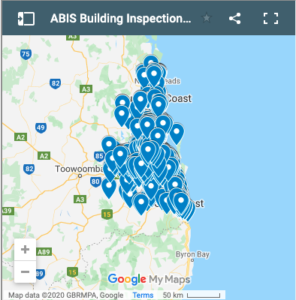Microcerotermes Summarised
Sub-Family: Microcerotermes
Type: Subterranean
Identification:
Soldier 4.5-5.5 mm and mandibulate. Long rectangular heads, no obvious teeth on their curved mandibles which are long and finely serrated.
Castes:
- Queen
- King
- Soldier
- Worker
- Reproductive
Nest type: Some species build small mounds, nest underground, make arboreal nests and nest on top of posts. The outside layer of the nests is rather thin and easily penetrated or broken. Others are entirely subterranean. Small colonies attached to stumps, logs on the ground, rotting wood or even beside mounds of other termites.
Microcerotermes turneri soldiers are 4.5-5.5 mm in length. Usually nests are built on the ground, on the trunks of living or dead trees, or on the top of stumps or fence posts. Arboreal nests of this species are found commonly on ironbark trees, for example, the narrow-leaved red ironbark (Eucalyptus crebra). This termite occupies many habitats and has been found in open and moderately dense hardwood forests, grassland, rainforests and vegetated coastal lowlands. The species is very common throughout coastal Queensland South of Cairns and inland to the Carnarvon Range where it attacks hardwood timber in ground contact, such as fence posts.
Drepanotermes rubriceps and Amitermes spp. are closely related harvester termites which feed on grass and debris. Typically they are subterranean with no obvious above-ground mound. Both genera are widely distributed throughout Queensland and do not damage timber-in-service.




